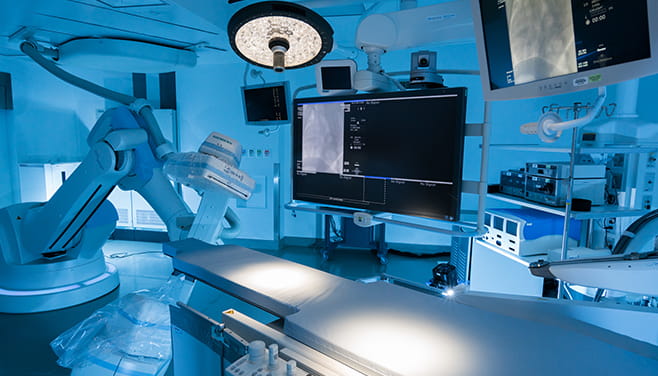Aortic Disease
U.S. PATIENTS:713.790.3333
Find an Aortic Disease Specialist
Aortic Program
Cardiologists and cardiovascular surgeons at Houston Methodist treat people, not just aortic problems. Our specialists work together to deliver the best care for acute and long-term aortic diseases and conditions, including:
- Aortic aneurysms – a weakened section of the aorta, causing a bulge that can rupture
- Aortic arch disease – blockage of the blood vessels that branch off of the aorta, leading to decreased blood flow to the body
- Aortic dissections – a tear in the wall of the aorta
- Aortic stenosis – a narrowing of the heart’s aortic valve, which restricts blood flow
- Marfan Syndrome – a genetic disorder that affects the heart’s connective tissue
Our Approach to Treating Aortic Disease

If an aortic problem arises, you can rely on our doctors and staff for prompt, patient-focused care.
Our experts work as a team to treat your specific aortic condition by designing an individualized treatment plan, which can include medication or surgery.
For aortic conditions that require surgery, our cardiovascular surgeons have expertise in both minimally invasive techniques and traditional open surgery, as well as access to imaging technologies that make these treatments safer.
Our specialists also help you manage your aortic condition long-term by advising you on lifestyle changes, medications or interventional treatments that may prevent an aortic condition from becoming more severe. They also work with genetic counselors to determine if individuals with a family history of an aortic condition are at risk for developing the condition themselves.
About the Aorta and Aortic Disease
Aortic Program

Our Aortic Program provides patients with aortic disease and conditions the most advanced care available. Our unique combination of unparalleled expertise and advanced technology enables us to offer each patient a treatment program tailored to his or her needs. Learn more about our Aortic Program>
